The Federal Reserve's decision last year to begin jacking up interest rates to cool the economy may finally be taking hold. The latest evidence for that is April's jobs report which shows a huge drop in new jobs added from March's 303,000 to April's 175,000. This raised the unemployment rate to 3.9%.
This is still historically low but isn't helping lower the inflation rate, currently at 2.7%, significantly above the Fed's target rate of 2%. Because of that, the Fed is maintaining the 5.3% interest rate, which is where it's been since last July.
“It’s not a bad economy; it’s still a healthy economy,” said Perc Pineda, chief economist at the Plastics Industry Association. “I think it’s part of the cycle. We cannot continue robust growth indefinitely considering the limits of our economy.”
That judgment is almost universally held by economists when it comes to the overall economy. The American voter, however, holds a decidedly less optimistic view of the economy.
In politics, perception matters far more than any "facts" or charts offered by economists.
For the well-off — like the chief economist at the Plastics Industry Association — 3% inflation is just a blip. But for people who live paycheck to paycheck, it's a matter of a declining standard of living.
Biden doesn't understand that. Most Democrats think Americans are stupid because they don't know how good they've got it. But when you ask people their opinion of the "economy," you're asking them about their individual finances. And for most people who buy groceries, and are paying off a car loan or home loan, they think inflation is a huge problem.
A Gallup poll out yesterday showed that 41% of Americans — the highest percentage since the question began to be asked on a yearly basis in 2005 — say that inflation is the number one financial problem facing the country.
That's why Joe Biden's soothing words about inflation and the economy go over like a lead balloon with the electorate.
Most of the rest of the jobs report was pretty dismal.
Wage growth moderated sharply, sinking to 3.9 percent from a year earlier. Swift wage growth in the first quarter, evidenced by a hotter-than-expected Employment Cost Index reading, may have reflected raises and minimum-wage increases going into effect in January as well as new union contracts.
The average number of hours worked per week sank, another signal of a decline in labor demand.
The labor market has defied projections of a considerable slowdown for over a year in the face of a rapid escalation in borrowing costs, a minor banking crisis and two major wars. But economic growth declined markedly in the first quarter, signaling that the exuberance that characterized last year’s job market might be fading.
This is the Biden economy.
“Depending on where you land, it’s a question of how many of us can end up working for the government in some form or fashion,” said Belinda Román, an associate professor of economics at St. Mary’s University in San Antonio.
Obviously, this is not sustainable even over the short term unless Biden keeps pumping trillions of federal dollars in white elephant construction projects and green boondoggles.
Make sure you get off this carnival ride before the crash.

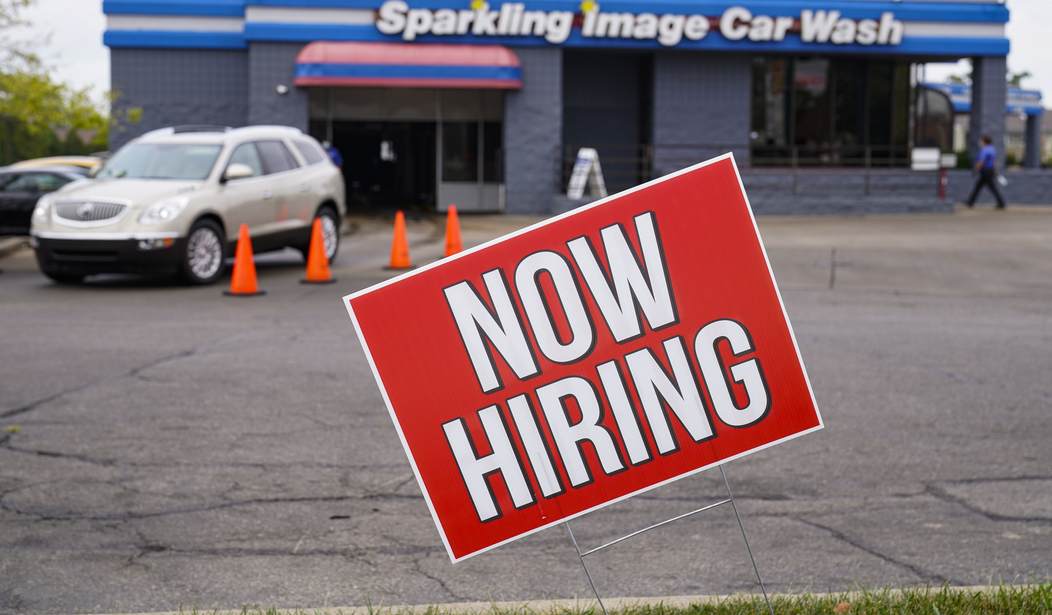

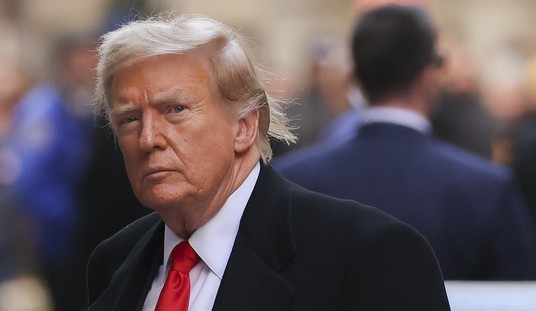


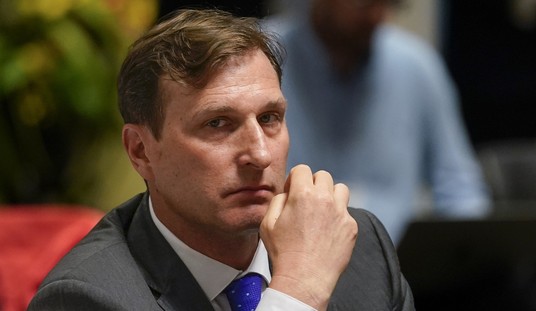
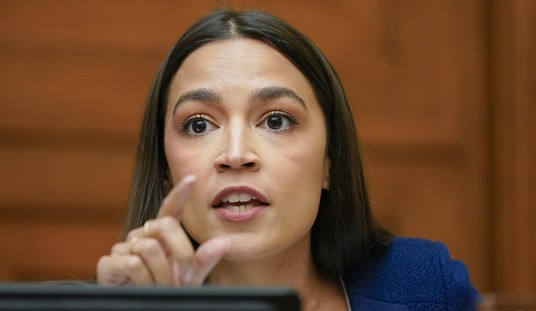
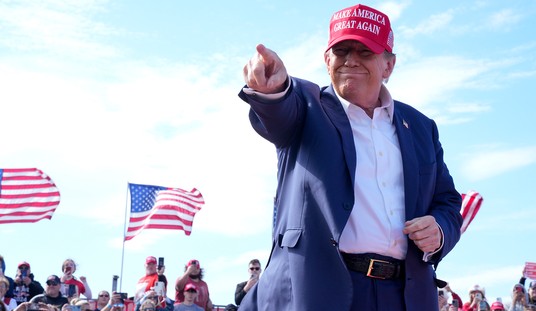
Join the conversation as a VIP Member